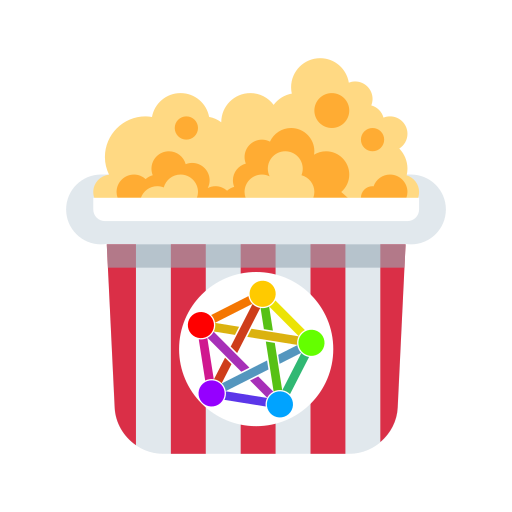

Podman not because of security but because of quadlets (systemd integration). Makes setting up and managing container services a breeze.


Podman not because of security but because of quadlets (systemd integration). Makes setting up and managing container services a breeze.
Hyperconvergence or hypervisor.


So much more. It’s not even in the same ballpark.


What’s up with the abuse of the word open lately. I had a look at that project to see how they were doing the conversion, but I couldn’t find it. But I found this:
Short answer, yes! OpenScanCloud (OSC) is and will stay closed source…
Your data will be transferred through Dropbox and stored/processed on my local servers. I will use those image sets and resulting 3d models for further research, but none of your data will be published without your explicit consent!
I feel like I’d rather use Autodesk at that point. At least I know what I’m dealing with right out of the gate.


But check that it has all the features you need because it lags behind gitea in some aspects (like ci).


I mean I learned it in a few days and found it very intuitive as well. Far more intuitive than I found fusion when I tried that years later. Inventor and onshape also feel more pleasant to use.
The issue seems to be that the fusion interface is very non-standard when compared to other cad suites, so people that get used to it first find everything else unintuitive.


It’s easy to understand them when you realise that their entire ideology starts at “anything the US does or says is bad” and continues from there.
Once you look at it through that lens, even their most wild takes suddenly become very consistent.


Podman quadlets have been a blessing. They basically let you manage containers as if they were simple services. You just plop a container unit file in /etc/containers/systemd/, daemon-reload and presto, you’ve got a service that other containers or services can depend on.


I’ve been in love with the concept of ansible since I discovered it almost a decade ago, but I still hate how verbose it is, and how cumbersome the yaml based DSL is. You can have a role that basically does the job of 3 lines of bash and it’ll need 3 yaml files in 4 directories.
About 3 years ago I wrote a big ansible playbook that would fully configure my home server, desktop and laptop from a minimal arch install. Then I used said playbook for my laptop and server.
I just got a new laptop and went to look at the playbook but realised it probably needs to be updated in a few places. I got feelings of dread thinking about reading all that yaml and updating it.
So instead I’m just gonna rewrite everything in simple python with a few helper functions. The few roles I rewrote are already so much cleaner and shorter. Should be way faster and more user friendly and maintainable.
I’ll keep ansible for actual deployments.


Someone found a way to weaponise bikeshedding.


You can catch a glimpse of what the websites were like using the web archive. A good starting point would be a popular web directory, like for example the Google directory from 2004.


I guess it’s too much to ask the richest company on the planet to keep a list of a few accounts indefinitely. I’m sure that database is a whole gigabyte sized and maintaining it requires a whole person to check in on it once in a while. Obviously they can only afford that level of effort for a year or two. And we’re only taking about removing access from millions of people to something they paid good money for, and also doing it because. Yeah, I’m with you on this one, totally not their fault.


All public companies are, it’s just what Boeing makes things that fall out of the sky if they mess up, so it’s more obvious.


Just have NAS A send a rocket with the data to NAS B.
Seems to me that a lot of the world’s problems start with “well, the managers think…” They all seem extremely bad at the whole managing thing, good thing we don’t overpay them or anything like that.
It’s worth noting that this is a new line of ThinkPad, there’s a bunch of existing lines that will all keep the classic look. Though I feel like the name X9 isn’t great, but whatever.